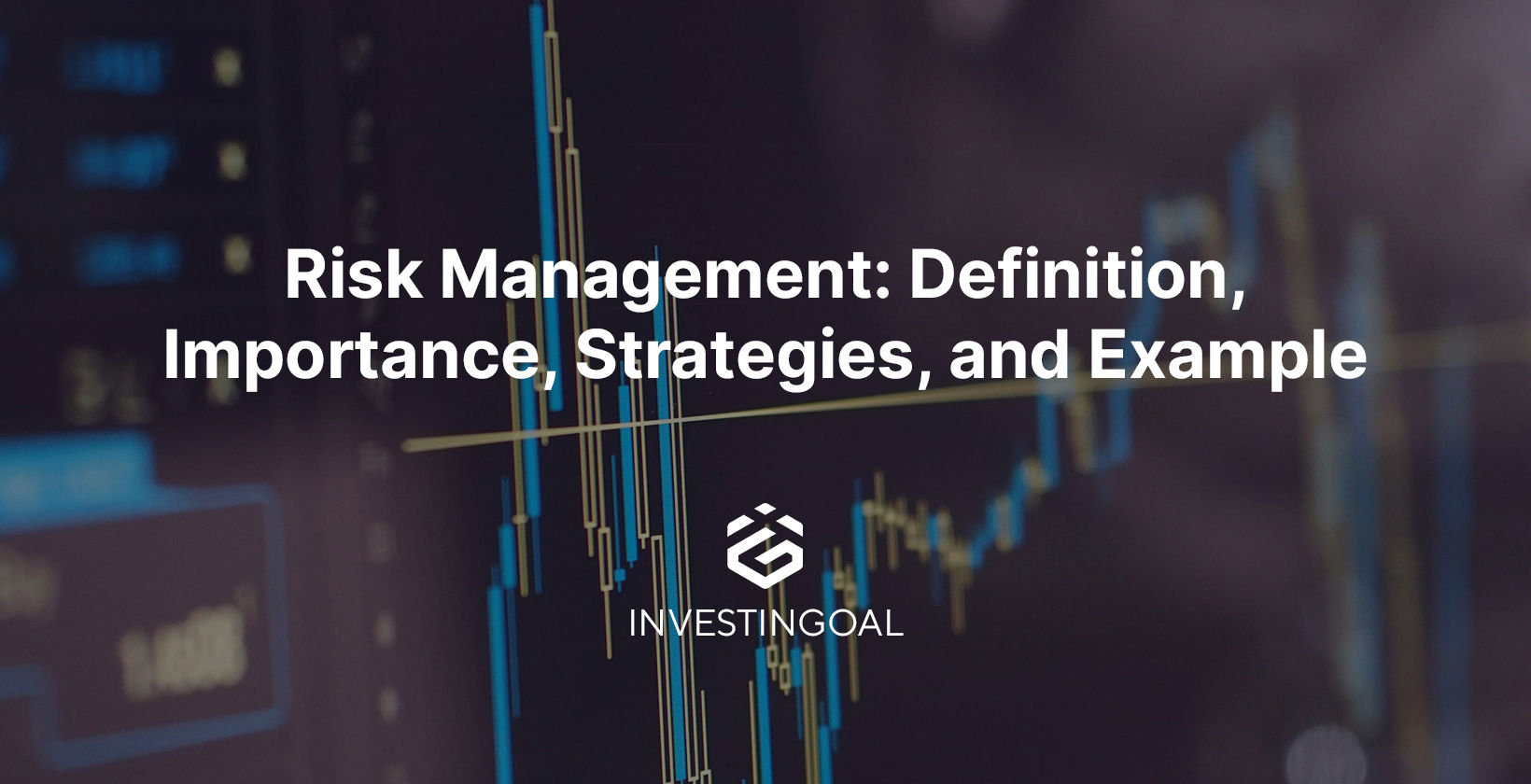Exploring the Value of Risk Management for Effective Decision-Making Approaches
In the elaborate world of service, Risk Management arises as a crucial consider the decision-making process. The ability to identify possible dangers and opportunities, and plan appropriately, can spell the distinction between success and failing. With devices such as SWOT and PESTEL, organizations are furnished to make educated options, fostering resilience and flexibility in an ever-changing setting. Wondering exactly how this works? Allow's unpack the characteristics additionally.
Recognizing the Idea of Risk Management
Risk Management, a critical part in decision-making, is frequently misunderstood or oversimplified. Risk Management includes self-displined and organized approaches, making use of information and informative assessments. From monetary unpredictabilities, legal liabilities, critical Management mistakes, to accidents and all-natural calamities, it resolves various threats - importance of risk management.
The Role of Risk Management in Decision-Making Processes
In the world of critical planning and organization procedures, Risk Management plays an important duty in decision-making procedures. Risk Management hence comes to be an important device in decision-making, aiding leaders to make informed selections based on a comprehensive understanding of the risks involved. Risk Management serves as an important component in the decision-making processes of any kind of company.

Just How Risk Management Improves Strategic Planning
In the context of strategic planning, Risk Management plays a crucial function. Initiating with the recognition of potential threats, it additionally extends to the application of Risk mitigation measures. The duty of Risk Management is dynamic yet not static, as it demands consistent monitoring and adjusting of techniques.
Identifying Prospective Threats

Carrying Out Risk Mitigation
Having established the importance of determining prospective dangers, the next action is to explore Risk mitigation. This procedure entails establishing and carrying out techniques to manage determined risks efficiently. It is a crucial facet of strategic planning as it enhances decision-making by lessening potential unfavorable results. Risk mitigation approaches can vary from Risk avoidance, Risk transfer, to take the chance of decrease. Each method ought to be customized to the specific Risk, considering its potential effect and the company's Risk resistance. Additionally, reliable Risk reduction calls for a deep understanding of the Risk landscape and the prospective influence of each Risk. This understanding makes it possible for organizations to focus on dangers and designate resources efficiently, making certain that one of the most significant threats are addressed initially.
Surveillance and Changing Methods
Though Risk mitigation is a crucial action in critical preparation, constant monitoring and change of these methods is equally crucial. It likewise gives a possibility to assess the success of the Risk Management procedures, allowing changes to be made where necessary, additional enhancing critical planning. Surveillance and changing Risk Management techniques is a critical part for improving a company's strength and calculated planning.
Case Researches: Successful Risk Management and Decision-Making
On the planet of business and financing, successful Risk Management and decision-making frequently act as see post the pillars of prosperous business. One such entity is a multinational oil business that mitigated economic loss by hedging versus fluctuating oil prices. In an additional circumstances, a technology start-up flourished by determining and accepting high-risk, high-reward strategies in a volatile market. A global bank, confronted with governing unpredictabilities, effectively navigated the additional hints scenario with positive Risk assessment and dynamic decision-making. These situations highlight the value of astute Risk Management in decision-making procedures. It is not the lack of Risk, but the Management of it, that commonly differentiates effective business from unsuccessful ones. These instances highlight the critical duty of Risk Management in tactical decision-making. importance of risk management.
Tools and Strategies for Efficient Risk Management
Browsing the elaborate maze of Risk Management calls for the appropriate collection of techniques and devices. These tools, such as Risk signs visit site up and heat maps, help in determining and assessing prospective threats. Methods include both quantitative techniques, like sensitivity evaluation, and qualitative methods, such as SWOT analysis. These assistance in focusing on threats based upon their possible effect and chance. Risk action techniques, a crucial element of Risk Management, entail accepting, staying clear of, transferring, or mitigating dangers. Surveillance and managing dangers, via routine audits and testimonials, guarantee that the methods continue to be effective. With these techniques and devices, decision-makers can browse the complex landscape of Risk Management, thereby promoting informed and efficient decision-making.
Future Fads in Risk Management and Decision-Making Approaches
As we check out the vast landscape of Risk Management, it comes to be noticeable that the tools and strategies made use of today will proceed to develop. The idea of Risk society, where every member of an organization is conscious and entailed in Risk Management, will obtain much more prestige. These patterns advertise a more proactive and comprehensive method towards Risk Management and decision-making.
Verdict

Risk Management therefore comes to be an essential device in decision-making, aiding leaders to make educated selections based on a detailed understanding of the risks involved. Risk reduction methods can range from Risk evasion, Risk transfer, to run the risk of reduction (importance of risk management). Effective Risk reduction calls for a deep understanding of the Risk landscape and the prospective influence of each Risk. Risk response strategies, a key component of Risk Management, include approving, preventing, transferring, or mitigating risks. The concept of Risk culture, where every member of a company is conscious and included in Risk Management, will certainly gain extra prestige
Comments on “The Tactical Importance of Risk Management in Building Market Advantage”